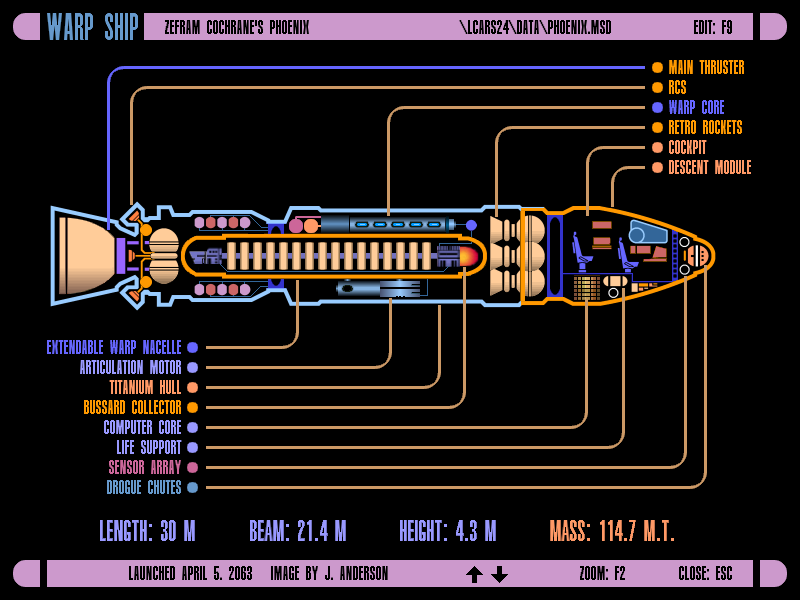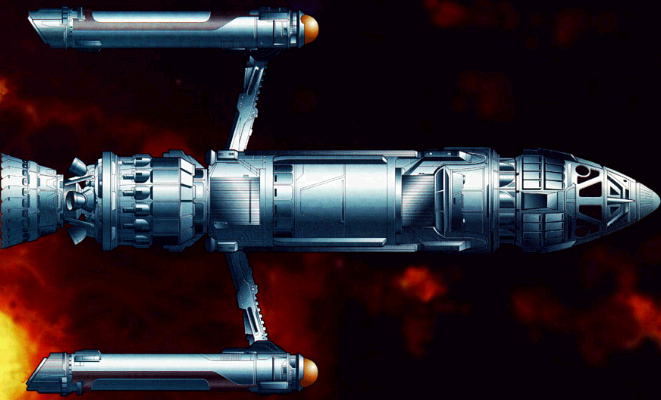I'm just getting ready to modify the Phoenix to account for Herkimer Jitty's observation about how cramped it must be with the nacelles stowed inside that rather narrow hull. While I'm at, I should account for retro fuel for a soft landing in Montana, possibly showing drogue chutes and antimatter for the main thruster, since it is so cramped for space.
And I still have two NASA MSDs and a Ferengi maruader that eed touching up.
And I still have two NASA MSDs and a Ferengi maruader that eed touching up.




